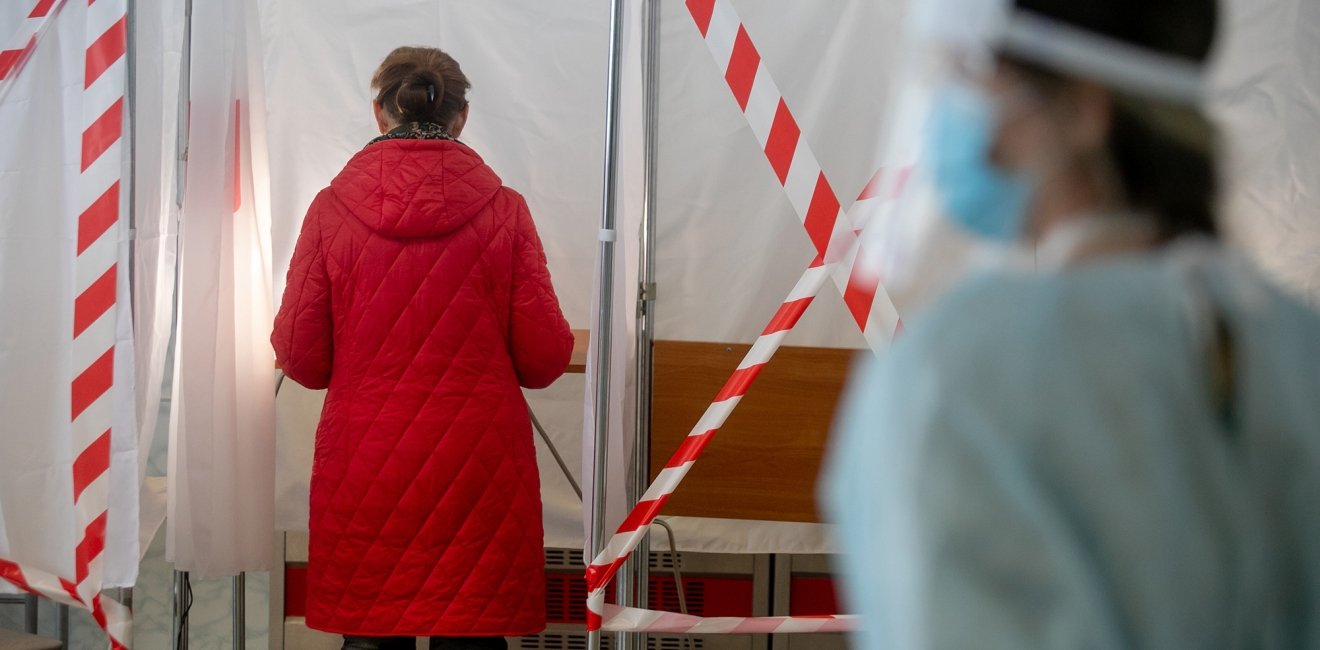
A blog of the Kennan Institute
BY SERGEY PARKHOMENKO
It took a little over 24 hours after the end of the unprecedented seven-day marathon vote on the Russian constitutional amendments for us to see what lesson to take from this plebiscite. Traditional mobilization techniques have failed to provide Vladimir Putin and his system of power with the desired level of popular support, which is at least half of the country’s electorate.
The vote that ended on July 1 makes it possible for Putin to stand for reelection in 2024, and again in 2030. At first sight, the official results seem to provide President Putin with what he so insistently wanted his administration to deliver. The turnout of 67.97 percent of voters, with 77.92 percent of ballots cast in favor of the amendments (21.27 percent opposed them) seem to constitute the magical formula of political triumph. By multiplying the figures, we get 52.96 percent of all voters supporting the amendments—the “more than one half” that Putin craved.
But independent research and polls show that to make sure the Kremlin could trumpet the longed-for support of 50 percent of the Russian electorate, Putin and his cronies still needed large-scale ballot manipulations during the day and astronomical fraud during the vote count at night.
This is exactly what Vladimir Putin demanded from his administration when he launched the constitutional reform process to strengthen and prolong his authoritarian rule. Two weeks before voting commenced, on June 12—Russia Day—he publicly stated that “the absolute majority of our citizens share and support” the amendments he had proposed, thereby presenting this claim as established fact. Russian political tradition requires that subordinates throughout the country take such statements by the supreme leader as a decree rather than a forecast.
However, rigorous mathematical analysis of the data collected from almost 100,000 polling stations from across Russia indicates that gigantic fraud underlies the rosy official figures. The scale of this electoral fraud is unprecedented in the twenty-nine years of post-Soviet Russian history.
The team of mathematicians headed by Sergey Shpilkin relies on a simple but reliable methodology to detect “anomalous vote distribution” and argues that the real voter turnout was no more than 44 percent, while the votes in favor amounted to no more than around 65 percent of those cast. Therefore, the number of people who actually voted in favor of the amendments is around 31 million, or only around 29 percent of all Russian voters. The remaining more than 26 million votes in favor were produced by fraud and vote rigging.
It turns out that one can play any game with the voters, choose any rules, or forgo the rules altogether, and still not achieve the desired 50 percent level of support.
One can launch a veritable propaganda storm and unleash a powerful frenzy of government persuasion and intimidation. One can use the power of television channels that are government-owned or controlled by friendly oligarchs, radio, print newspapers, billboards and posters, junk mail in real-life postboxes, and spam online. One can mobilize celebrities to coax their fans into voting. One can hire an entire army of paid trolls to operate millions of fake social media accounts. And one can exploit the most primitive and base human instincts: racism, sexism, homophobia, and envy of someone else’s success.
One can obfuscate the meaning of the choice that a voter is facing. One can formulate the question on the ballot in such a way that it sounds both absurd and grammatically incorrect. One can bury the main reason for this campaign as deep as possible in the flow of propaganda, that reason being the “zeroing” amendment, or the provision to “zero out” the number of presidential terms Vladimir Putin has thus far served, allowing him, quasi-constitutionally, to start over. Instead of being transparent, one could draw the public’s attention to an array of populist and demagogic innovations, such as government-sanctioned homophobia, a ban on public office for the citizens who have lived abroad for a long time, and the government’s monopoly on the imperial-style historical truth.
One can distribute money from the state budget right on polling day, in the form of welfare payments generously offered by the president. (In today’s Russian political reality, few documents would be as illuminating as the leaked video of Maxim Topilin, head of the Russian Pension Fund, instructing his staff to organize the mass wiring of welfare payments on the main voting day.)
One can organize the direct buying of votes at the polling stations, involving those who showed up in a prizes-for-all lottery and offering them an opportunity to win store and restaurant gift cards.
One can apply unprecedented administrative pressure, enlisting managers of state-owned enterprises and institutions to mobilize their subordinates and compel their relatives and acquaintances. Even such exotic venues as WhatsApp group chats, sports club listserves, and yoga and ballroom dancing associations have become additional channels for exerting similar pressure.
Finally, one can cancel any restrictions on campaigning at polling stations during the plebiscite and on publishing exit poll results while the polling stations are still open.
The Russian authorities and Vladimir Putin could afford all this. The Kremlin can decisively cast aside any shame and any reasonable restrictions, but it is no longer capable of securing 50 percent of real votes. It can only simulate gaining countrywide support by using fraudulent methods and false statistics.
This is nothing short of an ultimate failure of the myth of popular support for President Putin and his ideas. Polling agencies tamed by the Russian government, such as the Public Opinion Foundation (FOM) and the Russian Public Opinion Research Center (VTsIOM), can keep engineering their public opinion surveys with prepaid outcomes, and pro-Kremlin television channels can keep praising Putin’s majority. But the fact remains: Putin’s majority no longer exists.
Since the annexation of Crimea, “little green men” wearing masks and armed with Kalashnikov rifles but displaying no military insignia have become the main tool and the primary argument of Putin’s foreign policy. Now, “little gray voters” without names and faces but with “correctly” filled-out ballots join them as the main force and reliable backbone of Putin’s domestic policy.
I doubt that Presidential Administration officials and the political technologists hired by them to manage electoral campaigns will honestly inform their supreme leader that his plebiscite has ended in such a disaster. It is quite probable that Putin himself will remain blissfully ignorant and convinced that he enjoys the unlimited trust and devotion of his nation. Judging by many of his political decisions, he has been cherishing this delusion for a few years.
However, there is no doubt that sober-minded Russian politicians will heed the lesson of this new reality, now that it has manifested itself in such a clear manner. This means that colossal electoral fraud and vote manipulation await us at the next election as well.
The opinions expressed in this article are those solely of the author and do not reflect the views of the Kennan Institute.
Author
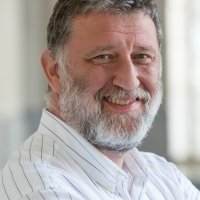
Journalist, publisher, organizer of civic projects

Kennan Institute
The Kennan Institute is the premier US center for advanced research on Eurasia and the oldest and largest regional program at the Woodrow Wilson International Center for Scholars. The Kennan Institute is committed to improving American understanding of Russia, Ukraine, Central Asia, the South Caucasus, and the surrounding region through research and exchange. Read more

Explore More in The Russia File
Browse The Russia File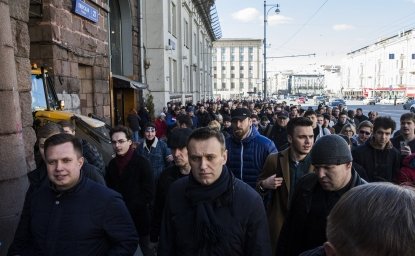
The Power of Memory: Thinking of Alexei Navalny’s Political Legacy
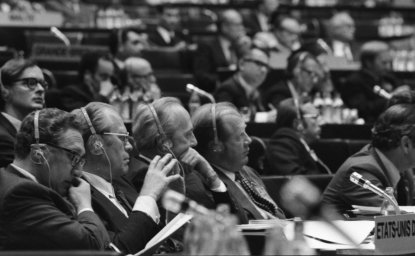
Yalta vs. Helsinki: Russia’s Vision for the Future
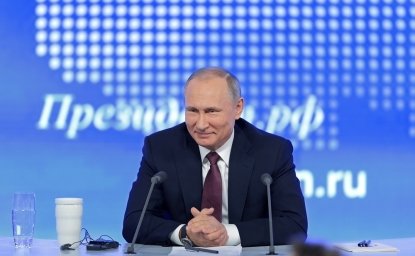
Kremlin Frames Trump’s Negotiations as a Russian Victory

